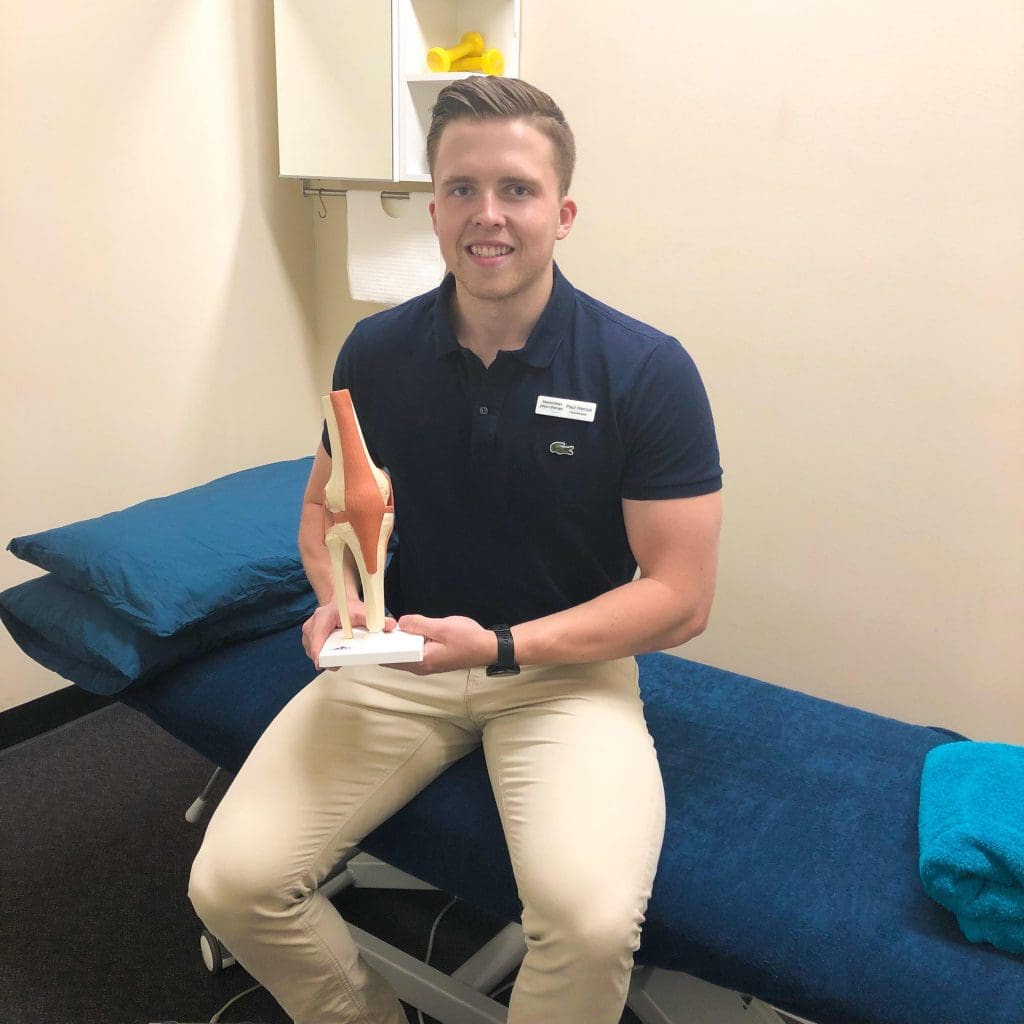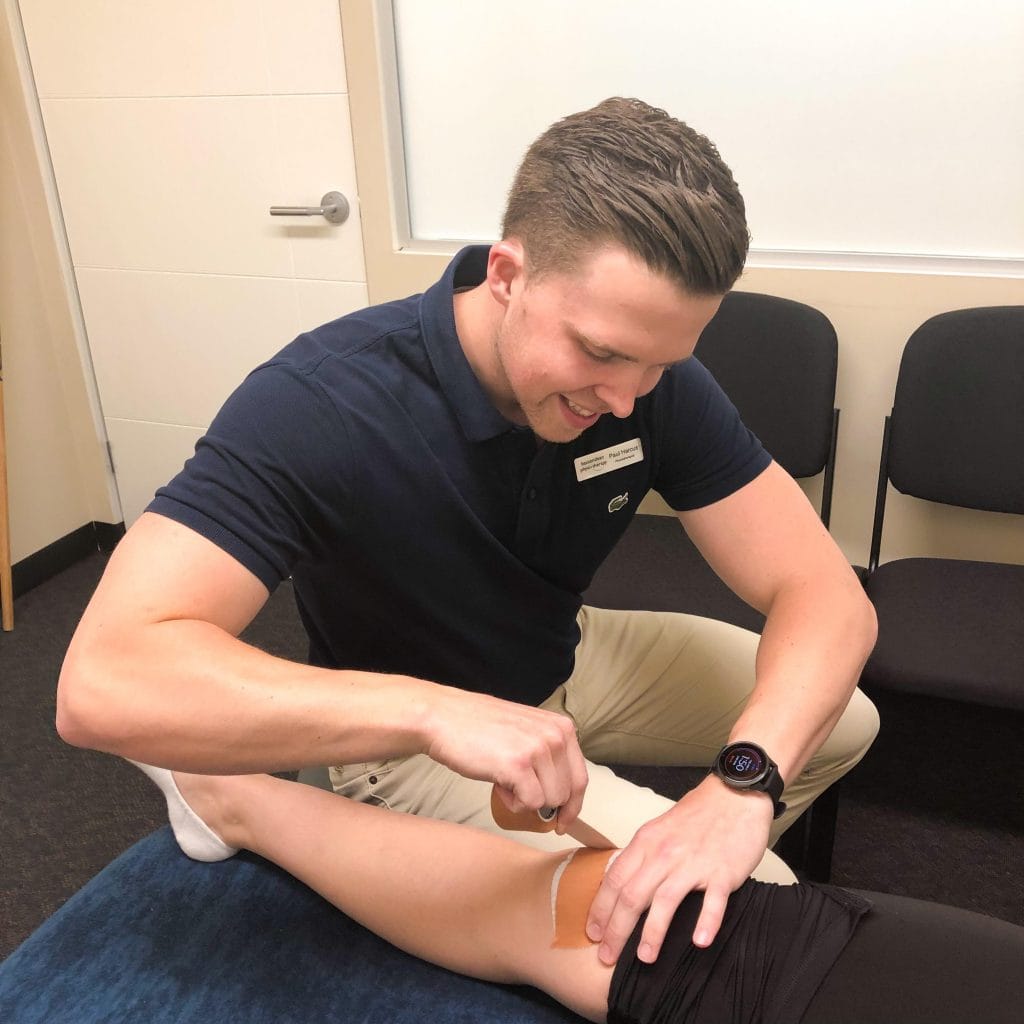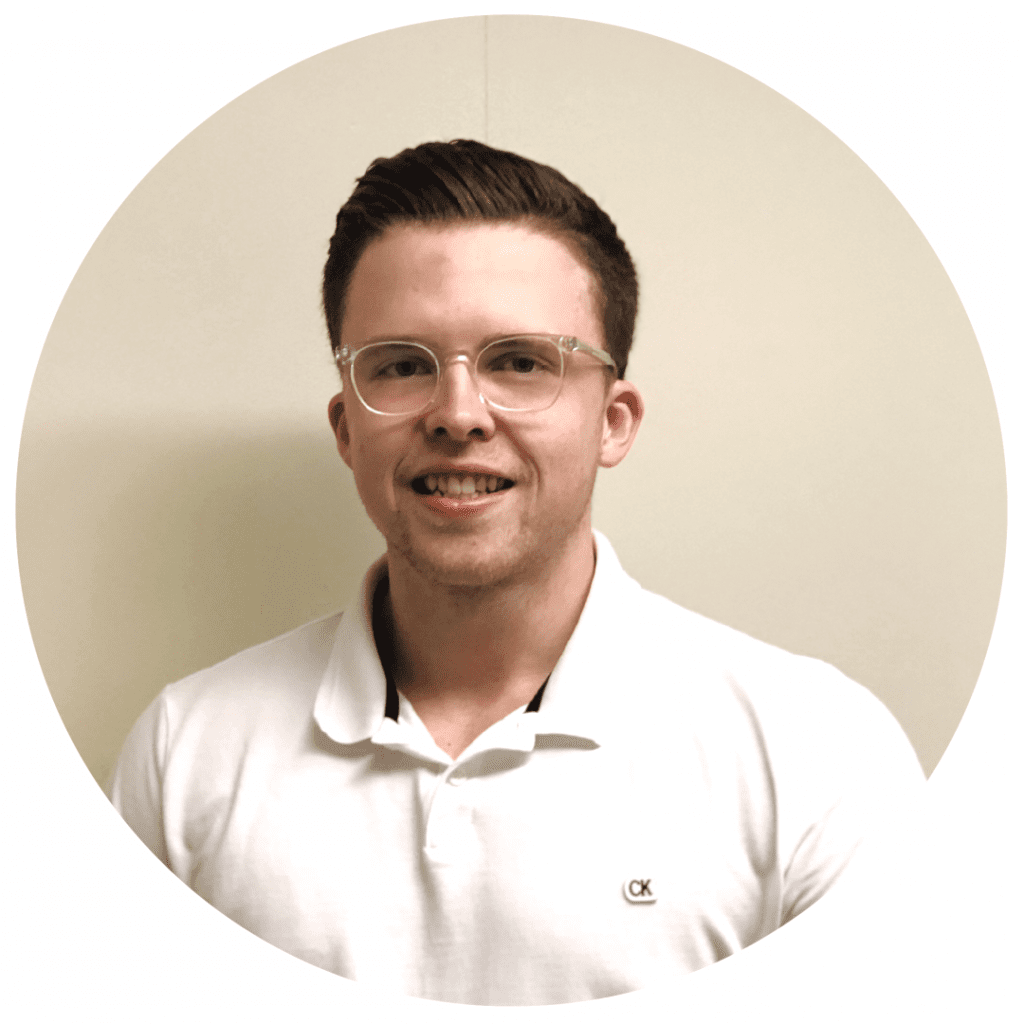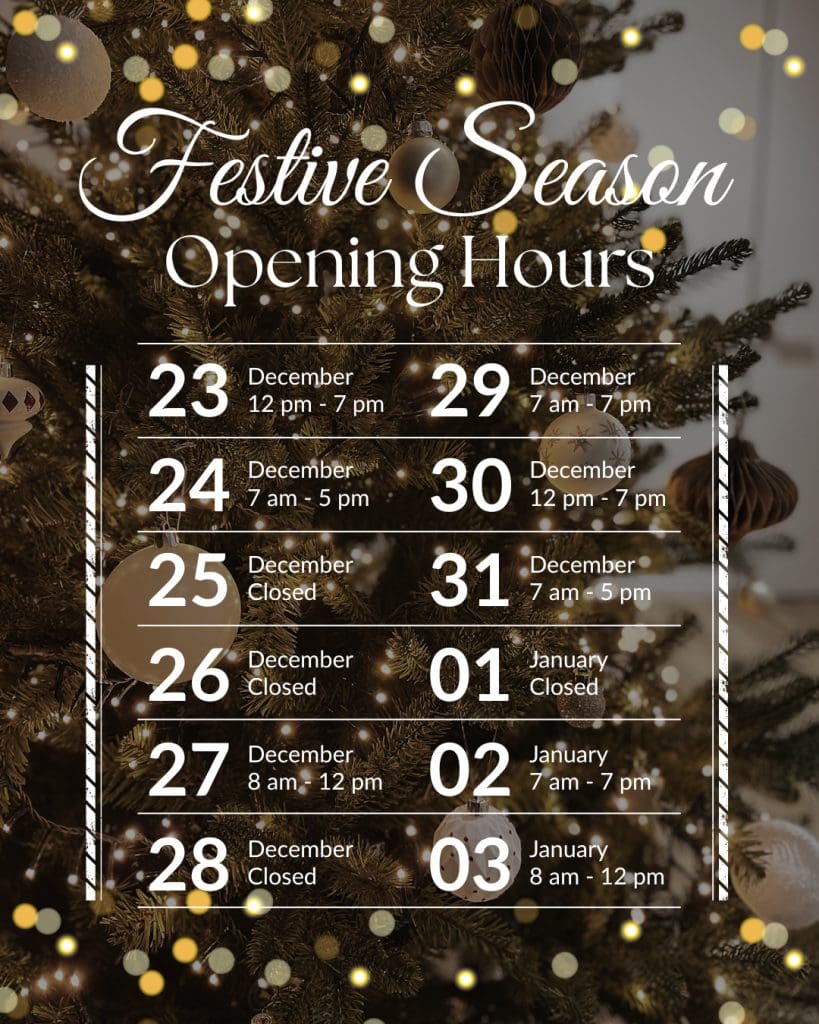Do your knees hurt when you squat, run or climb stairs?
Patellofemoral pain syndrome, also referred to as ‘runners’ knee’, is one of the most common presentations of knee pain affecting one or both knees in adults and children. It usually presents as pain around and under the kneecap, which at times can be felt behind the knee. Pain can be broad with patients often describing it as anything from a dull ache to a sharp, catching or stabbing feeling.

The exact cause of patellofemoral pain syndrome is unknown but there are several common factors that often contribute including;
- Spikes in training load or the addition of a new exercises
- Muscle imbalances/weaknesses particularly around the hip and knee
- Knee cap alignment
- Anatomy and body types
- Technique
- Footwear
- Hard playing surfaces
- Trauma – previous dislocation or fracture
In most cases symptoms develop gradually, usually getting worse with activity and commonly occurs:
- In activities where the knee bends such as walking up or down stairs and hills, squatting or lunging.
- After sitting for extended periods of time with bent knees.
- With changes to your usual playing surface, sports equipment or activity intensity.

Initial management often includes relative rest or a reduction in training load, as well as the following common treatments if clinically indicated;
- Ice
- Compression and elevation – if swelling is present
- Nonsteroidal anti-inflammatories
- Application of patellar (kneecap) taping by your physiotherapist
- Massage to the quadriceps to reduce muscle sensitivity
- Patellar mobilisations
- Orthotics
Rehabilitation of patellofemoral pain syndrome follows a tailored exercise program focusing on addressing your individual impairments. Your exercises may focus on improving;
- Range of motion
- Strength of muscles around the hip and knee
- Endurance and control of functional and sporting specific tasks
- Technique and exercise execution
- Correcting biomechanics
- Gait and running mechanics
If you have any further queries or are not sure where to begin, you are more than welcome to call the clinic on 9279 7411 and speak to one of our physiotherapists.
References :
https://stickreal.com/how-to-do-squats-correctly-4-tips-to-do-squats/54465
Author

Paul Harcus
Musculoskeletal Physiotherapist
Paul graduated from the University of Notre Dame, with a double degree in Physiotherapy and Exercise Sports Science. This combined with his previous experience as the Colts Head Trainer for the Perth Demons Football Club, and being a rowing, and strength and conditioning coach for Guildford Grammar School, enables him to combine hands on manual therapy and exercise based rehabilitation to assist patients in achieving their goals.
Outside of work, when Paul’s not training at the gym, he enjoys taking the dogs down to the beach and going camping.

